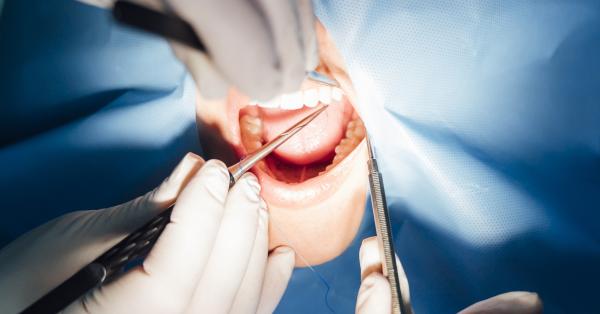Wisdom Teeth Removal with Sedation Dentistry in Washington
Wisdom teeth removal can be a daunting experience, especially for patients who experience dental anxiety or anticipate pain during oral surgery. Fortunately, sedation dentistry offers a stress-free, comfortable way to undergo this common procedure. With various sedation methods available, patients can rest easy knowing their wisdom teeth removal will be smooth and worry-free. Whether you’re a teenager, a busy professional, or someone putting off the procedure for years, this guide will walk you through the top sedation options available and how to choose the best one.
In our previous blog, we discussed the five major concerns people have about sedation dentistry. In this blog, we will go through the different sedation options available for wisdom teeth removal.
5 Sedation Options for Wisdom Teeth Removal
When it comes to oral surgery, not all sedation is the same. The intensity, time frame, and state of knowledge of each option vary. Here's a breakdown of the most commonly used sedation methods for wisdom teeth removal in Washington:
1. Local Anesthesia
This is the simplest and most frequently used method. Local anesthesia involves injecting a numbing agent—such as lidocaine—into the gums near the extraction site. Patients remain fully awake and aware throughout the procedure but won’t feel pain in the area being treated. Local anesthetic is best suited for patients with low levels of anxiety and minimum surgical intricacy and is commonly utilized for simple extractions.
2. Nitrous Oxide (Laughing Gas)
Nitrous gas, a moderate sedative, is inhaled using an airway mask. It induces a relaxed, even euphoric sensation, making the dental procedure much more tolerable for nervous patients. After taking off the mask, the effects subside rapidly, so you can usually drive yourself home. It’s an excellent option for those with mild dental anxiety or those undergoing shorter, less invasive wisdom tooth extractions.
3. Oral Sedation
Oral sedation is typically administered in pill form (commonly Halcion or a similar medication) about an hour before the procedure. It produces a deeper state of calm than nitrous oxide and may cause drowsiness or partial memory loss during the procedure itself. While you’ll still be conscious, you'll feel deeply relaxed and may even drift off lightly during surgery. Patients choosing sedation dentistry in Washington should have someone available to drive them home.
4. IV Sedation
By administering medication directly into the bloodstream, intravenous (IV) sedation enables the oral surgeon to regulate the degree of drowsiness during the treatment. You’ll enter a twilight state—calm, sleepy, and largely unaware of the process, though you may still respond to verbal cues. IV sedation is especially useful for patients undergoing multiple extractions or those with moderate to severe anxiety.
5. General Anesthesia
The most severe alternative, general anesthesia, is typically saved for individuals who have severe oral anxiety or for extremely complicated surgical procedures. You’ll be fully unconscious during the procedure, with no awareness or memory of the event. It is administered and monitored by a licensed anesthesiologist and requires more preparation, as well as a longer recovery time. While not as commonly used, it's a safe and effective choice when maximum comfort is necessary.
Conclusion
If you’ve been avoiding getting your wisdom teeth out due to fear or discomfort, it’s time to consider the benefits of modern sedation techniques. With safe, effective sedation options tailored to your needs, wisdom teeth in Washington are more manageable than ever.
Avoid letting anxiety interfere with your dental health. Schedule a consultation today with a certified oral surgeon and explore the right sedation plan for you. Call now at (202) 618-7007!






4.9 Stars
based on 134 reviews
5 Stars
based on 11 reviews
5 Stars
based on 11 ratings